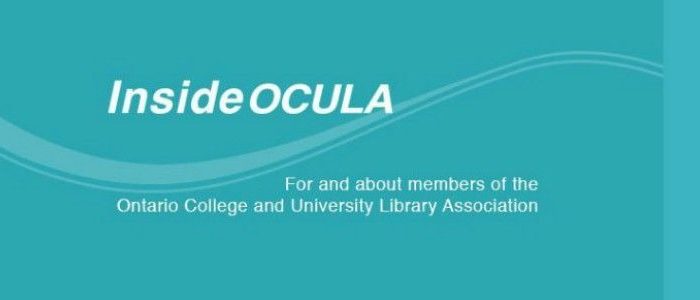E-book collections: Time to reassess?

Now that academic libraries have usage statistics for at least some of the e-books we have collected over the past decade, a review of how this format is meeting our expectations is timely.
Alain Lamothe’s recent (2013) analysis of the relationship between Laurentian’s undergraduate, graduate, and faculty populations and the use of the Library’s e-reference and e-monograph collections adds a local perspective to the cumulating body of evidence about user e-book preferences. A key finding of Lamothe’s study is that the relationship between undergraduate students and e-book usage is weaker with regard to e-monographs than with e-reference (1). The study suggests that e-monographs have not yet gained the same level of user acceptance as e-reference (2).
When librarians started building e-book collections, we may have had idealized notions of what they would look like. We may have imagined that e-books would offer improved accessibility, flexibility, and discoverability of resources for our library patrons. We may have pictured e-books as easy to use and as integrating seamlessly with the electronic devices our patrons use for research, teaching and learning. While some of our expectations have been met, many have fallen short of reality.
Restrictions on printing, copying and downloading may stem from vendors’ fears of losing control over their content and revenues. However, these restrictions are frustrating for those reading our e-books, as are the many e-book platforms that are just not easy to use.
In light of the findings from Lamothe’s research and from our own e-book collection experience, OCUL libraries are in a good position to review our e-book collections with a critical eye. What do recent studies and our institutions’ e-book statistics tell us about patron usage behaviours? Are we providing easy access to e-book titles via our search and discovery tools so that e-books are available in response to patrons’ searches? Are we proactive in alerting patrons to new e-book collections? Have we adequately trained our public services staff to assist patrons with e-book platforms? All these factors have an impact on the usage and acceptance of e-books.
We may have assumed that ‘e’ would become the preferred format for all reading, but it is increasingly clear that this is not currently the case (3). Academic libraries need collection policies for e-books that align with patron preferences and we need to ensure that our libraries have the infrastructure to support easy access to these collections. We must advocate on behalf of our patrons to the e-book publishers and vendors for more intuitive e-book platforms and licenses with fewer restrictions and more favourable terms and conditions.
This article is based on the latest OCULA information brief on ebooks. Read this along with the others in the series at Information Briefs.
1. Ibid at 5.
2. Ibid at 12.
3. Ibid at 12.
Alain R. Lamothe (2013): Comparing Linear Relationships Between E-Book Usage and University Student and Faculty Populations: The Differences Between E-Reference and E-Monograph Collections, Journal of Electronic Resources Librarianship, 25:1, 1-15.
Brenda Reed is a Learning & Research Services Librarian at the Education Library, Queen’s University.
Leslie Taylor is a Reference & Technical Services at the Librarian Lederman Law Library, Queen’s University


